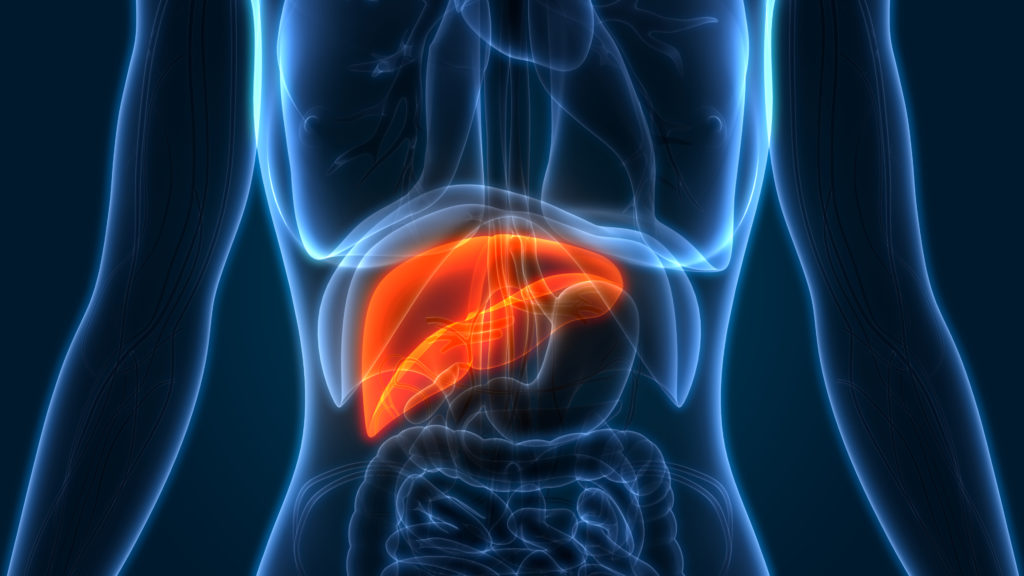Risks
A risk factor is anything that affects your chance of getting a disease, including liver cancer. Some risk factors, like smoking, can be changed. Others, like a person’s age or family history, can’t be changed.
But risk factors don’t tell us everything. Keep in mind that having a risk factor, or even several risk factors, does not mean that you will get the disease and some people who get the disease may have few or no known risk factors.



